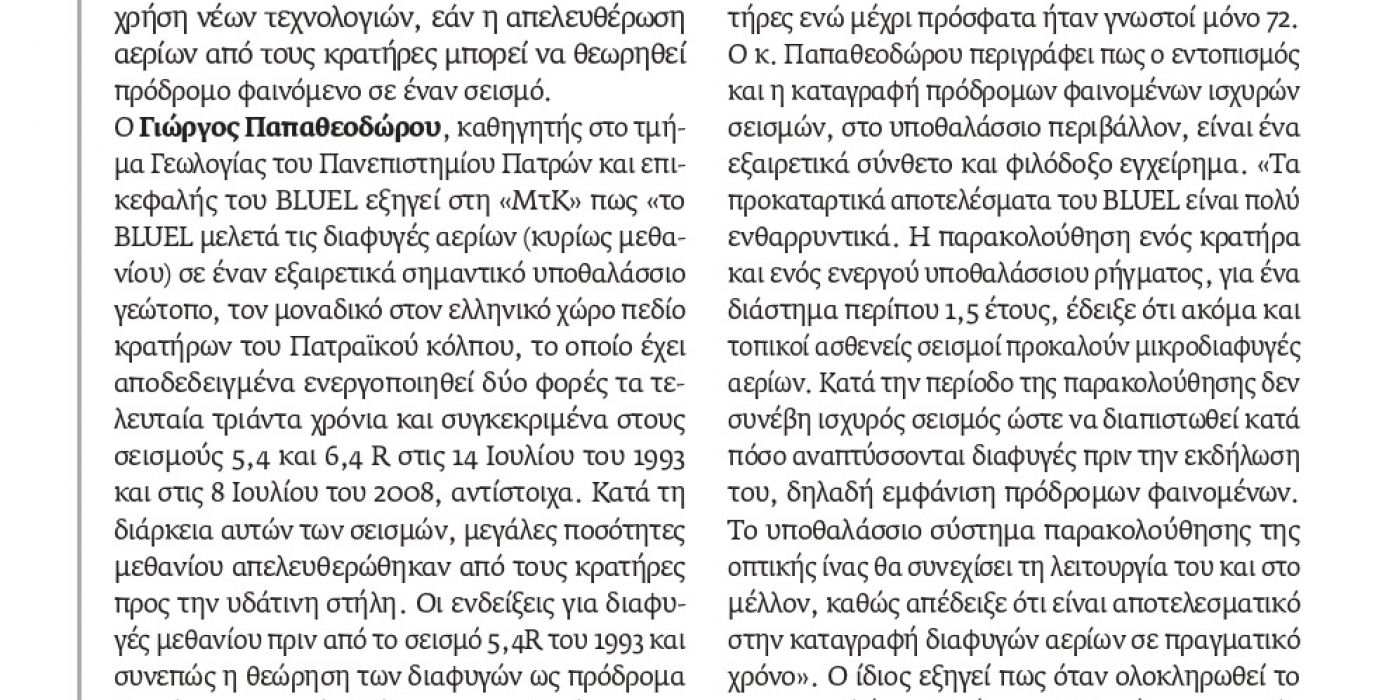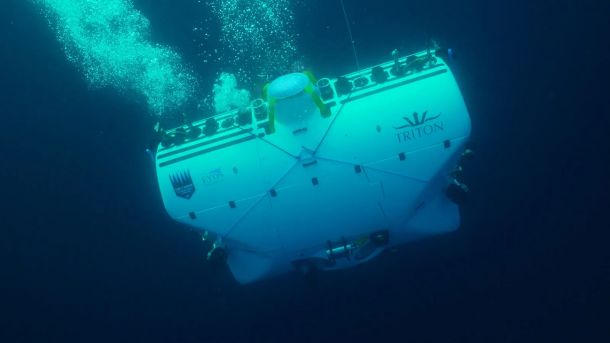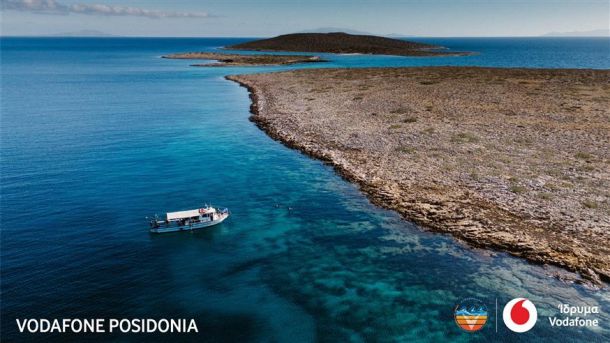
The University of Patras, is currently running the innovative research project BLUEL, a program which is financed in the context of the 1st HFRI Research Projects Announcement and examines, with the use of new technologies, whether the release of gases coming from pockmarks can be considered as a precursor phenomenon to earthquakes.
George Papatheodorou, professor at the Department of Geology at the University of Patras and head of the BLUEL program, explains that "BLUEL studies the escape of gases (mainly methane) in an extremely important underwater geosite, the only pockmark field in the Greek area, the Gulf of Patras, which has been proven to have been activated twice in the last thirty years, namely in the 5.4 and 6.4 R earthquakes on July 14, 1993 and July 8, 2008, respectively. During these earthquakes, large amounts of methane were released from the pockmarks into the water column. The evidence of methane escapes prior to the 1993 5.4R earthquake and thus the consideration of the escapes as precursors of earthquakes shows the importance of the pockmark field and highlights the need for its systematic investigation. The objective of the BLUEL Project is on one hand to study the field acoustically and in detail and on the other hand to monitor, with the use of an optical fiber system, for a long period of time, the escapes of gases (methane and hydrogen sulphide), in order to investigate their relationship with the seismic activity in Western Greece". He explains that the investigations so far have revealed a significantly greater number of pockmarks compared to what was known. In particular, the field consists of 115 underwater craters, while until recently only 72 were known. Mr. Papatheodorou describes how the detection and recording of phenomenaprior to strong underwater earthquakes, is an extremely complex and ambitious practise. "The preliminary results of the BLUEL program are very encouraging. Monitoring of pockmarks and an active fault, over a period of about 1.5 years, showed that even local weak earthquakes can cause small gas leaks. During the monitoring period, no strong earthquake occurred in order to determine whether escapes develop right before its occurrence.
The underwater optic fiber monitoring system will continue to operate in the future as it has proven to be effective in recording gas leaks in real time.” He explains that when the research project is completed, data on how pockmarks and active faults behave during an earthquake (if there is a continuous escape of gases) will be available and that "there is a possibility to detect if precursory phenomena occur, a suspicion made from earlier investigations. The main aim is to establish whether gas escapes can act as a precursor to an earthquake."
Article on Web
Latest Posts

Alarming pollution levels found in Mediterranean depths

"Why are the Posidonia meadows so valuable for our seas?": Article in LIFO
